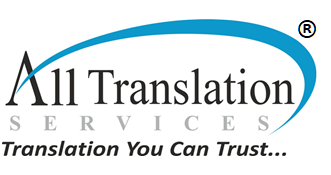Consecutive Interpretation v/s Simultaneous Interpretation
Is consecutive interpretation more efficient than simultaneous interpretation?
There are mainly two types of interpretation – Consecutive interpretation and Simultaneous interpretation. Both of them are useful in understanding the cultural and, most importantly, linguistic barriers. Thus, the main purpose is to establish smooth communication. But, they have some significant differences that you need to understand.
In this way, you will know which interpretation is more efficient than the other. In this article, you will know about the differences, disadvantages, and advantages of these two interpretations. Please read below to understand about it in detail.
Consecutive Interpreting
The job of a Consecutive interpreter is to decipher the speech after a person takes a pause. They will listen carefully and then translate the message in the most accurate way possible. Therefore, the interpreter needs to have various skills to do this job. They are as follows.
Firstly, it is evident that they must have a strong command of both languages. The interpreters have to deliver or translate the message twice. Hence, they have to interpret that into source language and then into the language of its target audience.
Secondly, the interpreter should also have sharp memory skills. It is because they need to listen to the whole message carefully and then interpret it.
Thirdly, this process is mainly found in courts, medical settings, tours, etc.
Advantages
Hence, in Consecutive interpretations, you don’t need simultaneous interpretation equipment. You can easily note down important points by the speaker. After that, you can translate properly in the right way.
As a result, you don’t have to spend extra on equipment that can help you save money.
Disadvantages
This process can increase the processing time. Also, it can distract the person if they are not able to convey it properly.
Secondly, Consecutive interpretations can happen with only one language at a time. Thus, you will need multiple interpreters for translating in different languages.
Simultaneous Interpreting
Furthermore, it takes several years to become a simultaneous interpreter. For this process, the interpreter has to listen carefully and then interpret in a short time. But, it is not an easy task. In this process, the simultaneous interpreters first listen to the message in a second language. Simultaneously, they translate that message into their own native language.
Also, this type of interpretation needs some equipment. Firstly, the speaker must have a microphone which should be connected to a loudspeaker. After that, the simultaneous interpreter will require a headphone connected to the microphone. Additionally, this interpretation is largely used in conferences with a large audience.
Advantages
This process has less distraction as the interpreter works in a different room. Also, the interpretation happens simultaneously, which reduces the delay.
Secondly, the accuracy increases as the messages are interrelated simultaneously.
Disadvantages
However, you need to provide a separate sound-proof place so that they can do the task. This will increase the costs.
Also, the chances of mistakes increase if they cannot guess the whole sentence. Thus, the sentences can appear improper.
In conclusion, both these interpretation processes are useful for different purposes. It depends on the type of event you are holding to select the right interpretation.
